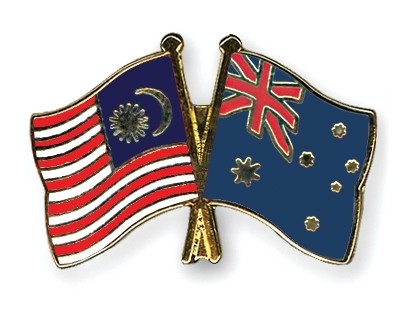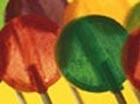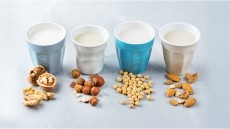Malaysia will inspect orange juice imports for carbendazim

In a statement issued on January 15, the Ministry of Health said that it would strictly monitor all orange extract drinks imported from Brazil for a fungicide poison residue called ‘carbendazim’.
The scandal broke when Coca-Cola Co alerted US federal regulators last week about low levels of the said fungicide in its own orange juice and in competitors' juice, prompting increased US government testing for the residue.
Under the measures, the US Food and Drug Administration (USFDA) has said that it will test in the country all imported shipments of orange juice and concentrate for carbendazim.
The USFDA has said that low levels of carbendazim are not a safety risk, but it is blocking imports of orange juice testing positive for the substance, as it has not been approved by the Environment Protection Agency for use as a fungicide.
A spokesperson for the Malaysian health ministry told FoodNavigator-Asia that the steps were necessary in the light of data that shows that Malaysia has received substantial imports of orange juice from Brazil.
“According to data from the Food Safety Information System of Malaysia, about 2,800mt of orange juice concentrate has been imported from Brazil in 2011. This is a cause of concern and we would thus need to monitor future exports,” he said.
He added that as per the ministry’s understanding, carbendazim is allowed or the control fungus and fungus spore in orange plants in the country, much like in Brazil (but not in the US).
“But as per our food regulations, carbendazim is not allowed in orange juice at all in Malaysia. We would make sure that these regulations were adhered to and importers are alerted to the stricter monitoring,” he said.


















